The importance of commercial heat recovery ventilation
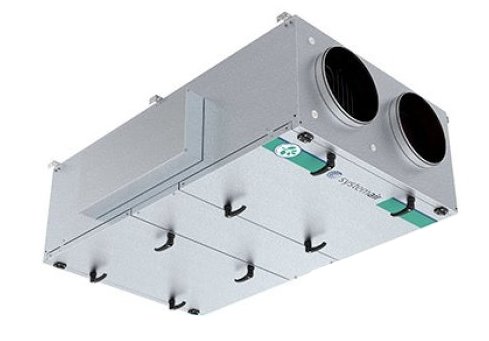
The requirement for heat recovery ventilation ( HRV ) has increased substantially over the past two years, due to the COVID-19 pandemic. Increased ventilation is more important than ever, to limit the spread of biological aerosols in indoor environments and reduce the transmission of viruses such as COV-2.
Heat recovery units deliver fresh, filtered air into buildings whilst simultaneously extracting the stagnant air from the interior. Typically located in the roof space of a building, the system draws the heat from the extracted air and combines it with the air that is being filtered in from outside. This warms the fresh air and ensures that it passes into the building at a higher temperature than the outside environment.
The two air currents flow past each other without physically mixing, so there is no risk of contamination of the fresh air by the extracted air. The technology that goes into the development of heat recovery systems has improved quite significantly in recent years, with some systems now able to extract up to 90% of the heat in the used air.
The purpose of this article is to talk you through how and why heat recovery ventilation systems are installed within commercial environments.
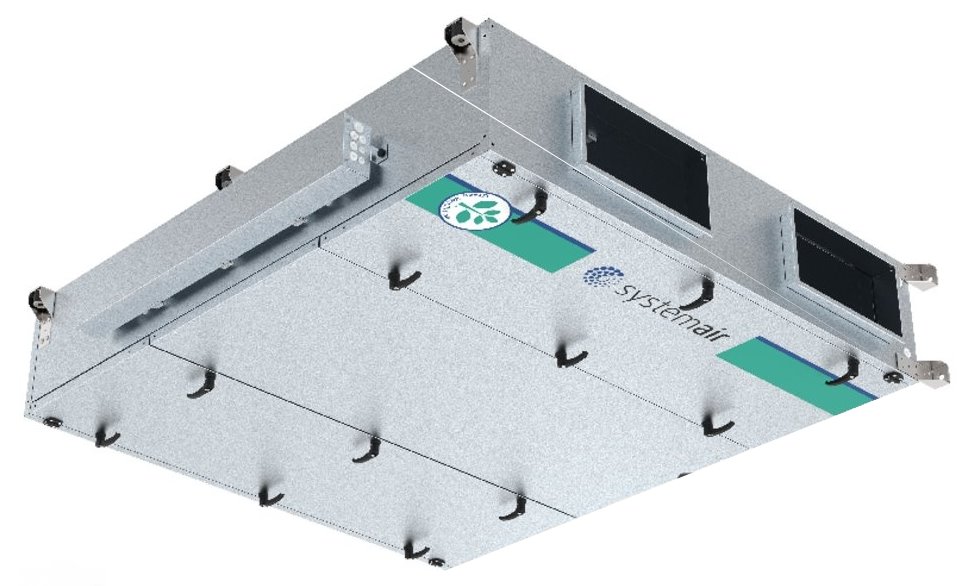
Commercial & industrial buildings that require heat recovery
Commercial buildings require adequate ventilation in order to maintain optimal temperatures, control humidity levels and comply with high air quality standards to allow people to breathe in non-polluted air.
Approved Document F (ADF) of the Building Regulations in the UK outlines that new commercial buildings must implement a ventilation system which “under normal conditions, is capable of limiting the accumulation of moisture, which could lead to mould growth, and pollutants originating in a building, which would otherwise become a hazard to the health of people in the building”.
This highlights the need for heat recovery units in many commercial buildings, particularly older buildings that weren’t initially designed with ventilation in mind and therefore risk offering poor indoor air quality. Similarly, increased insulation in newer commercial buildings can significantly heighten the risk of overheating without adequate ventilation.
In both cases, the recovery of heat is crucial to provide cost-efficient and energy-efficient heating and cooling throughout the space. This can be applicable to a number of spaces that serve the general public or provide a place of work, including:
- Commercial offices
- Industrial plants
- Manufacturing premises
- Schools
- Hospitals
- Leisure facilities
- Theatres/arenas
The demand for energy-efficient heat recovery is ever increasing across industries. Businesses are quickly becoming aware of the benefits these units provide in regards to recovering wasted heat from their processes and reducing their energy consumption, whilst creating a comfortable environment as a result.
Types of commercial heat recovery
In order to provide heat recovery, commercial air handling units (AHU) are equipped with heat exchangers. The different types of heat exchangers can be divided into rotary heat recovery and crossflow heat recovery.
Rotary heat exchangers
The design of a rotary heat exchanger consists of a series of small aluminium ducts and a rotating wheel. When warm air enters the AHU, it heats the ducts which transfer the heat to the cold air supply. They can typically sustain a high temperature efficiency of up to around 85%.
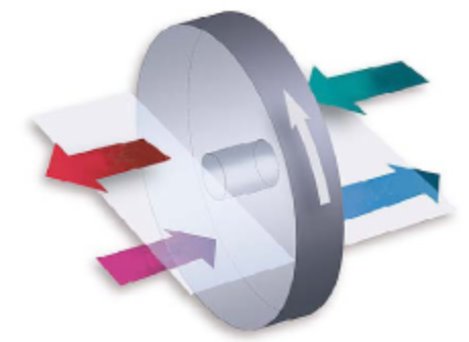
As the warm and cold air passes through the same ducts in a rotary heat exchanger, this type of unit should only be used to provide ventilation to a singular business in order to avoid cross-contamination of the extract and supply air.
Crossflow heat exchangers
On the other hand, the supply air and extract air flow in entirely separate ducts within a crossflow heat exchanger, meaning that they are safe to be used in buildings that supply air to multiple businesses as any particles from the extract air won’t come into contact with the supply air.
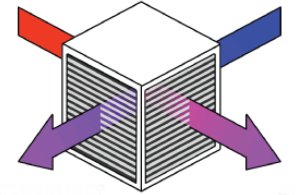
Crossflow heat exchangers can typically provide a temperature efficiency of around 65%.
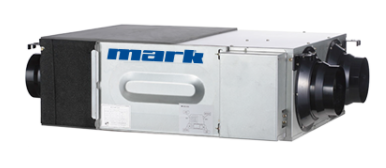
The benefits of commercial heat recovery
Heat recovery systems offer plenty of environmental, health and economic benefits for businesses and their premises. In fact, businesses stand to enjoy even greater benefits than the average household as they use more energy.
Let’s explore this now.
Air Quality
It’s a simple benefit of good air ventilation. Heat recovery units replace ‘used’ air with fresher air for the inhabitants inside to enjoy. This air is filtered by the system, too, meaning any contaminants like pollen and bacteria are taken out of the equation.
Carbon Dioxide
By properly ventilating an environment you can lower the levels of CO2 in the environment. With a more oxygenated environment, it may even reduce tiredness and fatigue for the inhabitants
Mould and Condensation
As heat is being extracted and repurposed it does not condensate or result in mould. Certain types of mould can be harmful if they are allowed to build up, but heat recovery can help keep on top of this problem by offering much better ventilation of the environment.
Air Temperature
As heat is recovered and not lost to the outside atmosphere, the general air temperature within the environment will benefit. This also leads to a decreased reliance on heating.
Saving Money
Repurposing heat means the investment can pay for itself over time. You don’t have to turn the radiator up as high! As the commercial premises are using the boiler and ventilation more efficiently it will lead to a reduction in heating costs.
Credibility
It’s more important than ever for businesses to reduce their carbon footprint, and introducing a heat recovery system alongside other eco-friendly operations can help to greatly reduce their carbon emissions. Businesses that utilise heat recovery as part of a strategy to create a greener working environment have something industry-leading and genuinely impactful to shout about.
Selecting a heat recovery unit
The range of heat recovery units available is vast, ranging from heat exchangers with and without heaters, to ceiling-mounted AHUs. In order to select the right heat recovery unit for your application, the size of the space and ventilation requirements for the building must be taken into consideration.
Choosing a system that will provide adequate ventilation and optimal temperature control requires in-depth knowledge of AHUs, which is where we can help. As one of the leading UK suppliers of commercial air cooling and ventilation systems, Puravent’s technical team can help to select the most suitable products for your requirements. Simply get in touch with us with your enquiry and we can find the right product for you.
